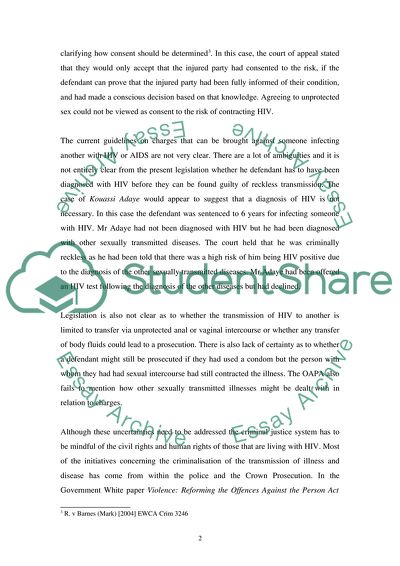Cite this document
(The Offences Against the Person Act Coursework Example | Topics and Well Written Essays - 3000 words, n.d.)
The Offences Against the Person Act Coursework Example | Topics and Well Written Essays - 3000 words. https://studentshare.org/law/1543258-criminal-law-offences-against-the-person-llb
The Offences Against the Person Act Coursework Example | Topics and Well Written Essays - 3000 words. https://studentshare.org/law/1543258-criminal-law-offences-against-the-person-llb
(The Offences Against the Person Act Coursework Example | Topics and Well Written Essays - 3000 Words)
The Offences Against the Person Act Coursework Example | Topics and Well Written Essays - 3000 Words. https://studentshare.org/law/1543258-criminal-law-offences-against-the-person-llb.
The Offences Against the Person Act Coursework Example | Topics and Well Written Essays - 3000 Words. https://studentshare.org/law/1543258-criminal-law-offences-against-the-person-llb.
“The Offences Against the Person Act Coursework Example | Topics and Well Written Essays - 3000 Words”. https://studentshare.org/law/1543258-criminal-law-offences-against-the-person-llb.


